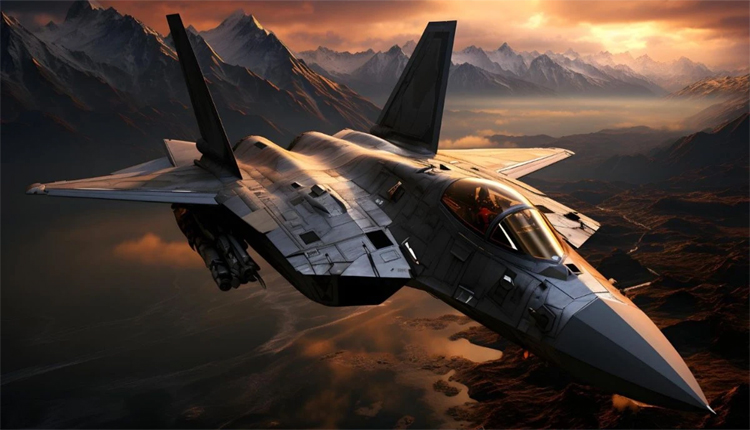New Delhi: India and Russia have increased the bond between them, with Russia updating India’s air force with the best and most modern technology. This was decided at SCO Defence Ministers meeting in Qingdao, China, on 26 June, 2025 with the Indian Defence Minister, Shri Rajnath Singh and Russian Defence Minister, Mr Andrei Belousov
This historic meeting, which was a major leap in the history of strategic partnerships between India and Russia, focused on the topic of upgrading the Su-30MKI fighter jets of the Indian Air Force. Further talks also took place about improving technology, including the possible addition of the Russian R-37M (RVV-BD) missile, which can travel over 300 kilometres, to boost the Su-30MKI’s air-to-air combat abilities and meet modern warfare needs.
The costs and procedures involved in the missile and defence systems that Russia offered to produce together with India were in line with what India laid stress on with its ‘Make in India’ and ‘Atmanirbhar Bharat schemes. Russia’s technology transfers and joint development plans with Rosoboronexport, the exporter of arms to India, enhanced the nation’s capability to manufacture its own defences.
Among the main ones is the fact that the fighter features the indigenously developed AESA radar Virupaksha, which has 2400 gallium nitride-based modules. This radar is capable of sensing and tracking a target over a range of 600 kilometres and countering any electronic attacks, making it one of the most sophisticated fighter radars in the world. Other upgrades include an infrared search and tracking (IRST) system, an electronic warfare fit, and new air-to-air weapons with a view to ensuring that the Su-30MKI becomes a very potent fighting platform in future conflicts.
The need to upgrade these systems is based on the security dynamics of the region, especially the availability of the Chinese PL-15 missile, as witnessed in Operation Sindoor. Such threats can be addressed when the Combat capabilities of the Su-30MKI are enhanced with fully indigenous systems, as seen by the Chief of the IAF, VR Chaudhary. Integration of the R-37M missile involves the improvement of jet sensors and radar as well as the targeting systems, with Virupaksha radar being the key factor.
In contrast to France’s unwillingness to share the source code of the Rafale, Russia has strengthened its ability to supply technology and flexibility, which has increased India’s trust in them. Such cooperation enables system customisation and leads to strategic independence in India. Joint ventures, according to Rosoboronexport, would significantly increase India’s defence production capacity, thereby promoting self-reliance.
The relationship between Indian and Russian defence firms, nailed down at the SCO summit, heralds the arrival of an advanced, technological Indian Air Force. With the refurbished Su-30MKI wing and the Make in India program, both nations can expect a total change in India’s defence sector, strengthening their security alliance in the region.



Comments are closed.